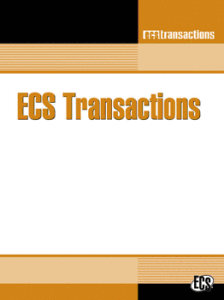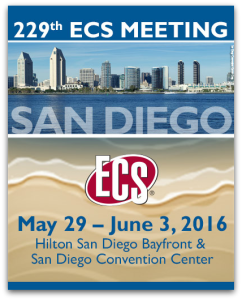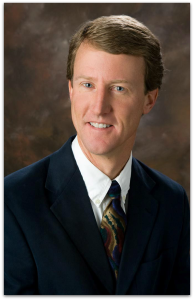Every year, around 300 million tires are thrown away in the United States alone. According to researchers from Oak Ridge National Laboratory (ORNL), those wasted tires could be used in supercapacitors for vehicles and the electric grid.
An ORNL team led by ECS member Parans Paranthaman has developed a technology that transforms scrap tires into supercapacitors, which could help power the nation and reduce the amount of waste to landfills simultaneously.
This from ORNL:
By employing proprietary pretreatment and processing, a team led by Parans Paranthaman has created flexible polymer carbon composite films as electrodes for supercapacitors. These devices are useful in applications for cars, buses and forklifts that require rapid charge and discharge cycles with high power and high energy density. Supercapacitors with this technology in electrodes saw just a 2 percent drop after 10,000 charge/discharge cycles.
Read the full article here.
“Those tires will eventually need to be discarded, and our supercapacitor applications can consume several tons of this waste,” Paranthaman said. “Combined with the technology we’ve licensed to two companies to convert scrap tires into carbon powders for batteries, we estimate consuming about 50 tons per day.”
With this novel process, old tires are supplying the key ingredient for supercapacitors.
“Each tire can produce carbon with a yield of about 50 percent with the ORNL process,” said Yury Gogotsi, ECS Fellow and co-author of the study. “If we were to recycle all of the scrap tires, which would translate into 1.5 million tons of carbon, which is half of the annual global production of graphite.”







